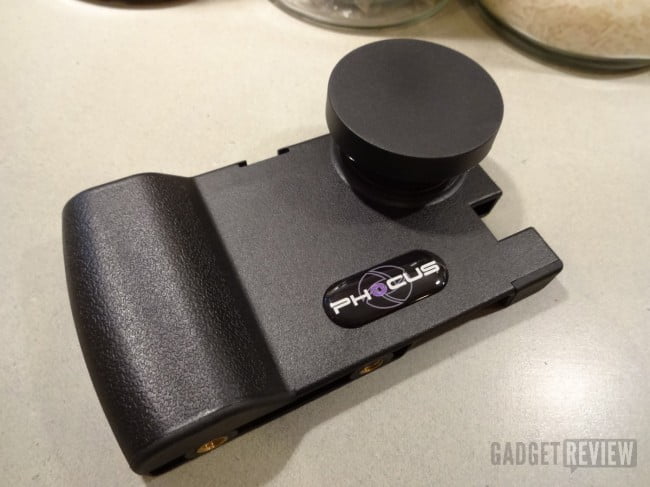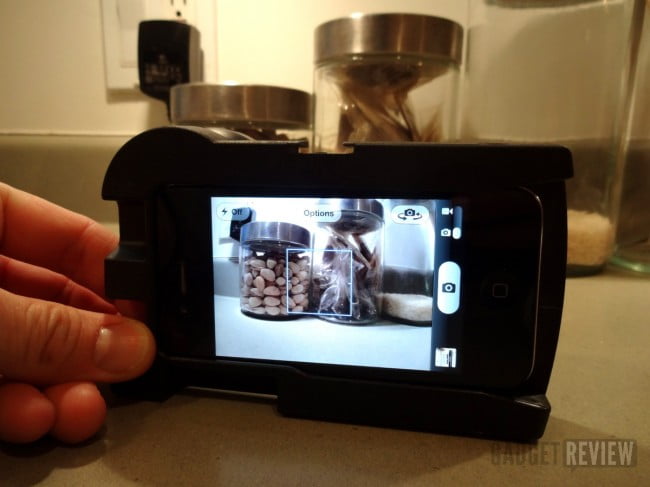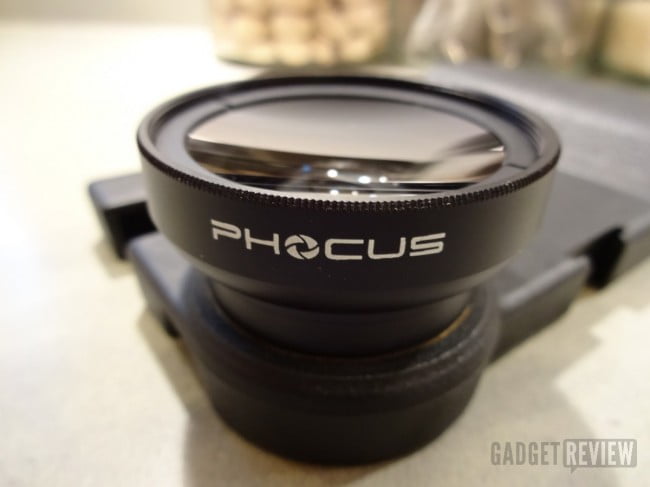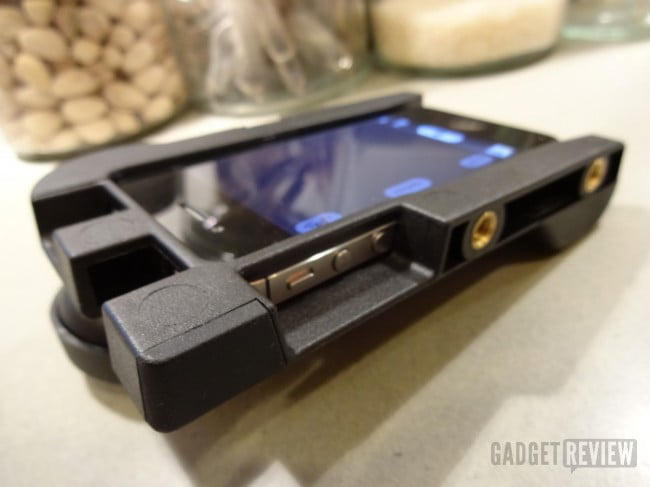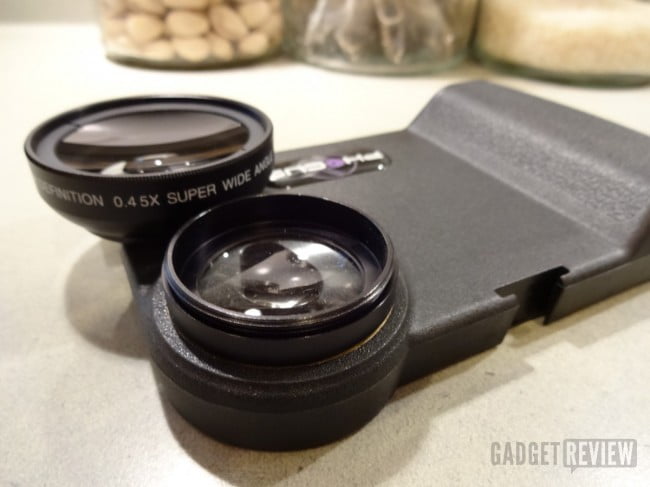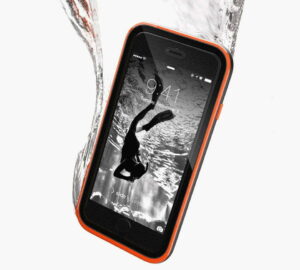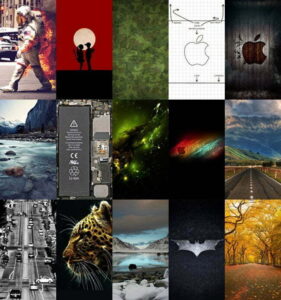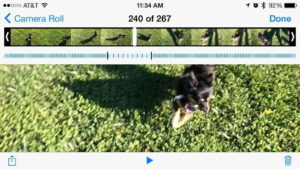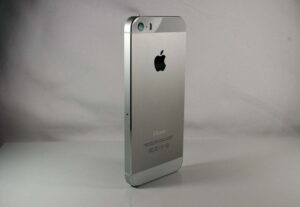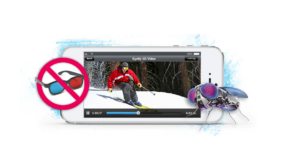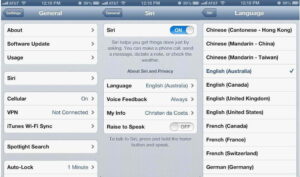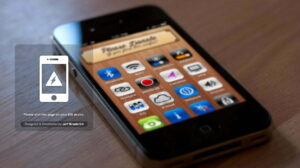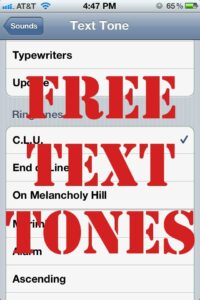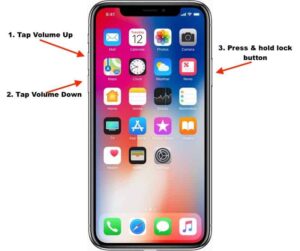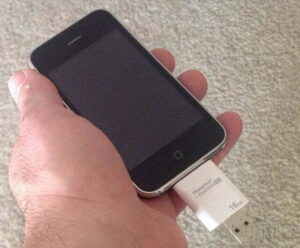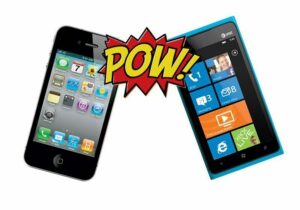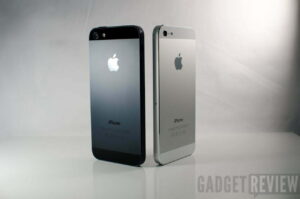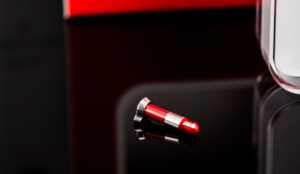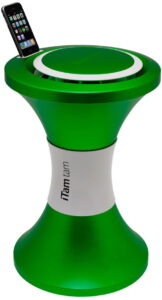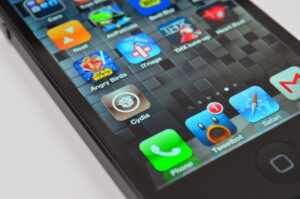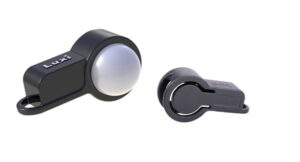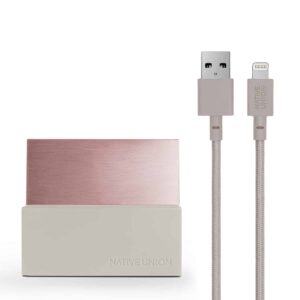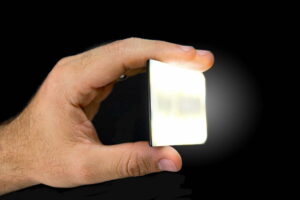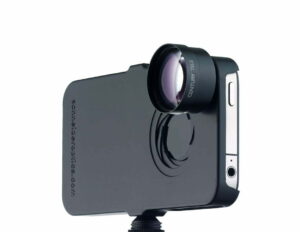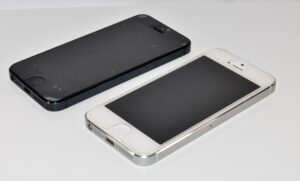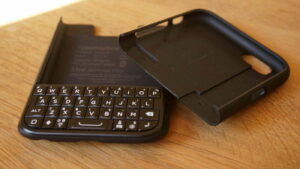Accessories which sport a similar or higher price compared to their associated device is like eating moldy cheese; it just never sits well. Such was the case of the OWLE iPhone lens system that emerged a few years ago. The original setup called for an iPhone 4 that slid into a rugged aluminum case with a lens system compatible with Canon FD lenses, Nikon lenses, and M42 lenses. The web lit up with elation, yet despite the fandom for the product, the company had a hard time moving units thanks to its $500 price tag – almost the retail price of the iPhone 4. Fast forward 2 years and the company has rebranded, retooled, and remarketed. Speaking of rebranding and remarketing, check out the best iPhone on the market today.
Now called Phocus, the iPhone lens system is vastly cheaper, made from a lighter material (plastic), and is available in a variety of bundles that range in price from $80 to $200. And instead of using DSLR lenses (this option is still available), Phocus includes their own proprietary version that is lightweight and compact. They sent me the Phocus for iPhone 4s two lens bundle about a month ago. That said, they now also offer an iPhone 5 version, which accommodates the thinner and longer handset.
Related: If you need help taking better photos, check out our Nova Off Camera Wireless Flash For The iPhone review.
 There are really no caveats to the macro lens – click to enlarge
There are really no caveats to the macro lens – click to enlarge
Unlike the olloclip, which I reviewed last year, the Phocus system uses a plastic case that your iPhone slides into. It stays in place using friction, so pushing the lock button will cause it to partially slip out – a small gripe I had with the design. Since the white version of the iPhone 4s is slightly thicker than the black version, it would seem that Phocus has allowed for this, as evidenced by the ever so slight wiggle room my black iPhone 4s demonstrated – a friend’s white iPhone 4s had less “play”. Far from a hindrance and one that will be a none issue if you’re using the iPhone 5 version as that handset doesn’t suffer from the same flaw.
Related: If you like this iPhone camera lens system, you might be interested in our Schneider Optics Ipro Lens System review.
There are three 1/4″-20 screw threads (standard tripod mount screw) outfitted on the Phocus iPhone case – two on the bottom, one on the top. They can be used to mount the Phocus system to a tripod, add a light or pistol grip, and really anything that is compatible with this screw thread size. There is also a slot designed for Phocus accessories, such as a boom mic, something that can be purchased with a 3 lens bundle for just a few pennies shy of $210. Much like a full-sized camera, the Phocus has a finger grip bulge, making it easier to control and in turn negate some of the shakiness commonly associated with grasping the svelte handset with one’s fingers. It’s a subtle feature, but one that scored big points with me, especially seeing as I like to capture photos primarily with my iPhone 4s.
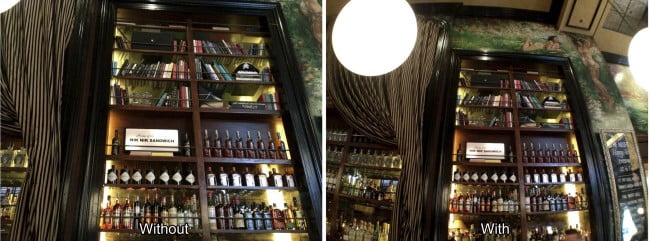 Note the distortion in the curtains – click to enlarge
Note the distortion in the curtains – click to enlarge
However, with the Phocus installed, the iPhone 4s goes from being a pocket friendly device, to one that needs to be carried in hand or in a bag, unlike the olloclip system which can slip into a pocket. Nevertheless, it’s a vastly evident caveat and one that should be willingly accepted if you’re considering this product. That in mind, all of the iPhone’s ports and buttons are left unhindered, though I would have preferred to see an actual dedicated shutter button built-in to the design (the volume, or in this case the shutter button is still accessible, though upside down) since this would improve the already camera like feel.
The two lens bundles is actually a one lens system that splits into two. Together it serves as a wide-angle lens, capable of capturing about 30% more image. That is by all accounts an estimate, so I’ll let the photos do the talking. Splitting the lens into two – leaving the base still attached – turns it into a macro lens. Much like the olloclip, I found the Macro lens to be a bit more compelling offering since detail remains, while distortion is minimal.
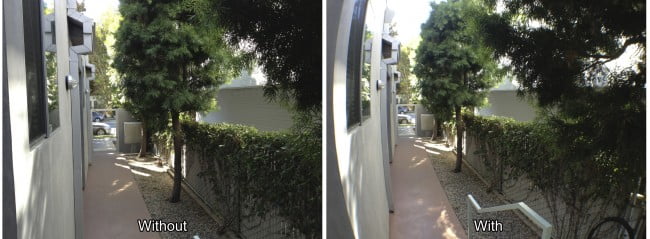 The blacks are reduced as is the detail – click to enlarge
The blacks are reduced as is the detail – click to enlarge
Because the Phocus is glass upon glass, as oppose to glass upon sensor, distortion in the photo is inherent, and more apparent in brightly lit scenario. Lines, such as seen in the curtains in the bar picture are distorted, and hallows from the light source are emphasized though it would appear that the Phocus system handles it better than the olloclip. The level of detail found in the macro photos is uncanny – just compare the two side by side photos and you can immediately see that level of detail found in the paper that otherwise goes unnoticed using the iPhone 4s’ camera.
Since the Phocus is jamming in more “data” or image into the lens it’s only normal that the photo should degrade in quality. If you look at the two outdoor pictures, you’ll see that the overall image clarity is lost in the photos with the Phocus wide-angle lens. It’s most apparent towards the edges of the photos where colors become lack luster and a ghosting or hallow like effect starts to become visible. Blacks levels are also diminished when the Phocus wide-angle lens is attached, as are colors and the all together detail of the image. Unfortunately, I tested the olloclip with an iPhone 4, so it’s not exactly a fair comparison, but following this review I’ll try to see if I can dig it up and do a three-way comparison (let me know in the comments if this is something you’re wondering about).
 The hallows are stronger – click to enlarge
The hallows are stronger – click to enlarge
That said, the olloclip doesn’t offer the camera like grip, which is one of the most attractive aspects of the Phocus. Sure, it’s not nearly as pocket friendly, but it most certainly steps up the usability of the iPhone’s camera, which in turn could negate your stand alone point and shoot camera. The caveats of course are size, all together image quality (relatively speaking) and low light shots.
Editor’s Rating:
[rating:4/5]
Great
Bottom Line: an iPhone lens camera system that boasts unrivaled form factor and utility when compared to other comparable products on the market. Image quality of the iPhone 4s is degraded, as is its portability, but that’s to be expected.
Pros: an easy to use multi lens camera system for the iPhone 4s (or iPhone 5) that adds a camera like form factor making it easier to capture photos without blur and better composition. The two lens bundle costs just $80.
Cons: image distortion in any light is evident, the iPhone is not absolutely secure in the case so pushing the lock button causes it to move, and it’s not pocket friendly.
You can buy the Phocus direct starting at $80.
